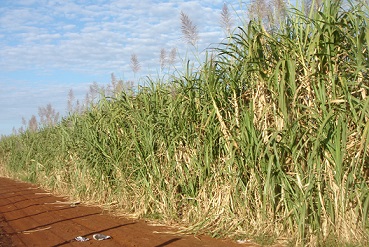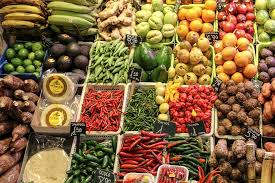It is possible to convert waste from agriculture, homes, and industries into biodiesel. Since it is waste that is put to good use, it is considered a clean source of energy. However, the process of making biodiesel also generates waste in the form of crude glycerol.
A group of scientists have found a way to convert this waste into hydrogen, which is a green fuel. This way biodiesel – already a clean fuel – can be made even cleaner.
Manufacturing of biodiesel has increased significantly, leading to higher production of crude glycerol. Disposal of this waste is a costly affair. Therefore, industries need cheaper ways for managing this waste. Scientists at the Institute of Genomics and Integrative Biology (IGIB) in New Delhi have developed a cost-effective strategy to convert crude glycerol into hydrogen gas, which is a zero emission and high-energy fuel.

Credit: Wikimedia Commons
"These bacteria have a special property – they form a biofilm, which enhances their ability to produce hydrogen"
Nearly 14 million tonnes of biodiesel is produced every year globally which generates around 1.4 million tonnes of crude glycerol. “We have to find ways of dealing with that humongous amount of waste,” scientists have said in their study published in journal Applied Biochemistry and Biotechnology.
Researchers treated crude glycerol with a bacterium called Bacillus amyloliquefaciens CD16 and were able to produce 3.2 liters of hydrogen gas fuel from a liter of crude glycerol waste mix in a single day. Burning this amount hydrogen generates nearly 37 kilo watt hour energy, which is sufficient to run 4 ceiling fans for 8 hours.
“These bacteria have a special property – they form a biofilm, which enhances their ability to produce hydrogen”, the authors note in their paper. To make a biofilm, many bacterial cells attach to each other and release a sticky coating around them, which encapsulates them. “This provides a protective environment to the cells making them more stable and robust in the equipment during the glycerol treatment process”, say authors.
The research team included Jyotsana Prakash, Rahul Kumar Gupta, Priyanka, and Vipin Chandra Kalia. (India Science Wire)

